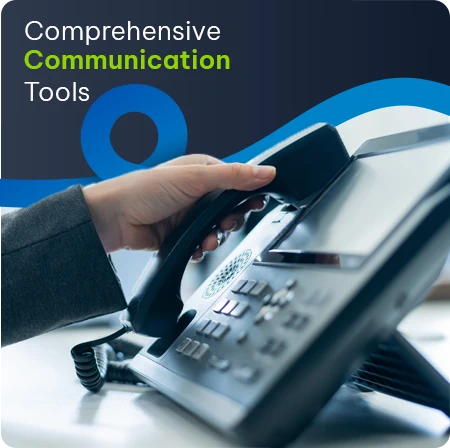Robots are becoming our new behind-the-scenes marketing colleagues. As developers tailor artificial intelligence (AI) to aid the digital marketing landscape, we should start learning how to best work alongside AI. Let’s take a look at how these bots are being deployed by digital marketers.
Chatbots
According to recent insights obtained by Facebook, most people prefer communicating with businesses via messaging tools. Business Insider reveals social messaging apps are fast becoming more popular than social networks. The scale of messaging all your customers will either mean hiring the masses or using smarter systems. Queue in the chatbot.
Chatbots are artificial intelligence agents who chat to your customers. They have been designed to speak seamlessly to people searching for your products and services or those just browsing your sites. They can filter and investigate why a customer has come to your site and further aid them in finding what they are looking for. This not only creates a great user journey, it generates leads and is cost-effective and efficient.
Voice Search
If you think voice search is a nicety only a select few are using, think again. State of the Cloud Report 2017 reveals that 20% of mobile searches on the Google app and on Android devices are voice searches. Twenty percent is too large a group to ignore.
The voice search robot operates according to speed and your SEO strategy. Bear in mind what voice searchers are doing differently to text searchers. We can assume voice searchers don’t have time to type and are using voice search because they are in a hurry. Make sure your website loading speed is quick and your content is to the point, as voice searchers drop-off quickly. They are on your site for a quick result. Give them that result. Create micro-moments and test your website loading speed to make sure it is under 3 seconds. Use long tail keywords to cater toward the way people speak and make sure your website is responsive for mobile devices as most voice searchers are using mobile phones to search.
Visual Search
Not only can we search using our voices, but we can search using our cameras. Pinterest’s search tab has an option to search using visuals captured by your camera. The image search will generate similar items shared on Pinterest. Google Lens can identify landmarks, animals, plants and it can help you find a certain look in fashion and home décor. Another feature of Google Lens is searching non-digital text, allowing you to call a number, translate a word, add an event to your calendar, get directions or look up a meal from the menu of a restaurant you are visiting. While this trend still has a way to go, we should not underestimate that visual search may become a normal way of searching, somewhere in the nearfuture.
In anticipation of visual search growth, digital marketers should start learning the language of the visual search robot. Pinterest engineering provides marketers with insights into the methodology of visual search. It’s also good to make sure your presence on Google, Pinterest and Instagram are well organised. Use structured data to make it easier for the visual search to pick up what you want your consumer to be looking for. It’s always good to test what search results are being picked up on your products and analyse those results further.
Artificial Intelligence Tools
Along with the above trends, artificial intelligence has a host of tools that may or may not be useful to your specific marketing strategy.
To list a few examples, AI can do the following:
Create content
Digital bots can now create content without you having to write it. These robots are limited to having an opinion, but can generate content based on data and information, they can write news articles and reports. This content can be used to draw people to your sites.
Design websites
Artificial Intelligence can also design your website. Grid, a web building application allows you to design your website using their AI, Molly. Molly is said to be able to work 24/7, she’ll follow your every demand and always meets her deadlines.
Use data to predict behaviour
Predictive analysis is another way AI is helping digital marketers. Using your data, the predictive analysis bot can help in the ranking of prospects or lead scoring, allowing your sales team to hone in on quality leads and save time by cutting out dead-end leads.
These are just a few examples of AI tools aiding digital marketers in different industries. Research more about the tools out there that can better your time-management, your strategies and your reporting.
Digital marketers cannot ignore this robotic era and how it is changing the digital marketing landscape. Not only will artificial intelligence aid you in time-management, strategy and reporting, it will soon become the normal way of marketing products and services. Without AI your digital marketing will become irrelevant and old, so don’t miss the digital marketing boat. Make sure you are on board before it’s too late.












